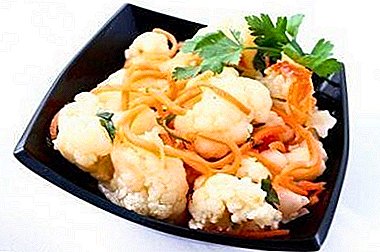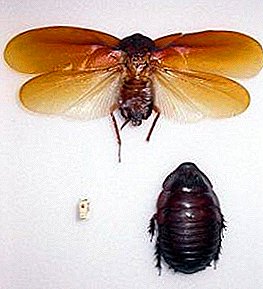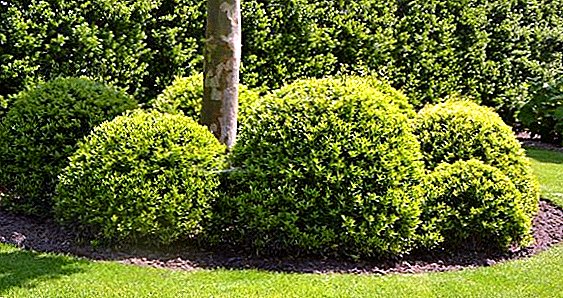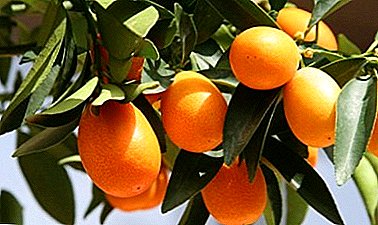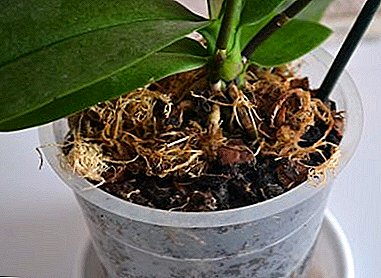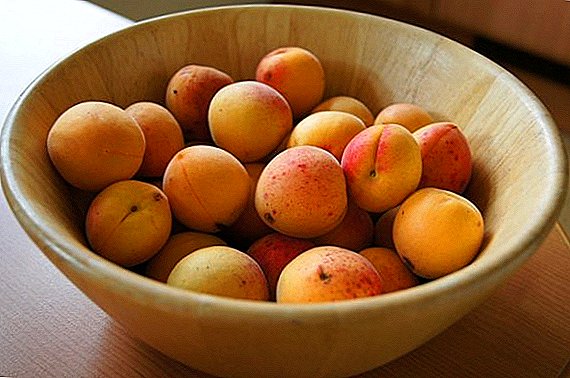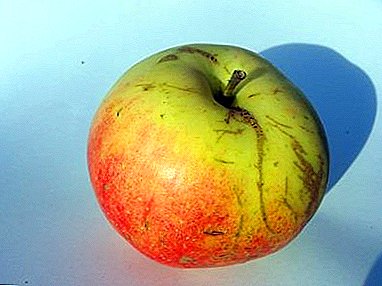
Saffron pepine is a variety beloved by gardeners and fruit lovers, who delights with tasty and fragrant, beautiful, rich red apples. They are so beautiful that still in some families, these fruits are hung from the paws of Christmas trees.
In addition to fresh use, Pepin saffron goes for drying, preserves, jams and urinating. At damage by frosts the adult tree is quickly restored due to tendency to formation of a large number of branches.
What kind is it?
Apple-tree Pepin saffron - dessert late autumn varietygrown in some regions as late winter with removal in early November. Cultivation in the form of a spreading crop is possible, which allows it to be cultivated on the ground, even in the Perm region.
Famous for:
- sufficient winter hardiness
- early entry into fruiting,
- systematic yield
- excellent taste,
- thin fruit amber,
- decorative appeal of the fruit.
It has excellent natural keeping quality of fruits. Increase shelf life is achieved through the creation of favorable conditions. Fruits of Saffron Pepin are a good and tasty source of vitamins in the cold season, suitable for boiling jams, jams, drying and fermentation. The physical characteristics of the apple trees of this species make them an excellent breeding material for obtaining new, viable varieties.
Taste the fruit of Pepin saffron with proper storage improved.
Saffron pepine - self-pollinated variety. At the same time, the presence of, for example, Antonovka, Slavyanka, Welsey or Calville Snow, will increase the yield.
Fruit storage
For fruit storage storage is required with the ability to maintain a temperature of 1-2 0C.
The light weight of the fruit and the dense skin allow them to be placed in rows in small boxes of wood or plastic. The material of storage tanks should not have a strong odor, therefore, coniferous boards are not suitable for the manufacture of containers.
Apply to the separation of rows of apples:
- shavings (not coniferous),
- plain paper
- waxed / paraffin waxed tracings.
That labor costs on placement of apples on storage were not vain:
- I eat fruit from trees before consumer maturity occurs;
- harvesting is carried out as carefully as possible, avoiding the impact of the fruit on the ground, the walls of the container;
- fruits are sent to storage without any flaws in the form of: marks left by moths, dents, cracks, spots of deterioration.
Description of the grade Pepin saffron
Adult specimens have a rounded crown formed by drooping branches.. Without pruning, there is a strong thickening, which can cause chopping of fruits, deterioration of their presentation, outbreak of scab.
Look at the photo below and read the detailed description of the Pepin saffron variety, so as not to be mistaken when choosing seedlings or fruits.



Crown of young trees sprawling.
The bark on the adult tree is greenish gray, with time closer to rich gray.
Shoots thin. The shape of green foliage is an elongated oval. The veins are a bit lighter. The inner side of the foliage is slightly velvety. The edges are slightly jagged. Leaves are elongated.
Apples have an excellent wine-sweet spicy flavor, the best, according to Michurin, than many varieties growing in the south. Fruits are rounded-conical, of light weight (maximum 140 g).
The flesh is juicy and spicy, cream-colored, tender.
The main color yellow saffron. The surface pattern on the peel in the form of a dark red blush, formed by abundant strokes and stripes, among which there are small bright patches.
The bottom is even, the calyx is recessed, with a wide outer edge. Podchashechnaya funnel tube, small. The ribbing is weak. Cameras covered. The axial cavity is missing. The stem is thin, securely attached.
Breeding history
 The variety was obtained thanks to the work of I. V. Michurin.
The variety was obtained thanks to the work of I. V. Michurin.
It was first bred in 1907 by pollination of southern Reneta of Orleans with pollen taken from a seedling obtained from two parents: Kitayka and Pepinka of the Lithuanian.
The goal of such a difficult work was the breeding of an exhibition variety with beautiful, long-lasting fruits.
Growing and distribution region
Pepin saffron is grown from the northern to the southern regions of the Russian Federation. Willingly cultivated by owners of large garden areas and private traders in the territories of the North-West, Volga-Votsk, Central, North-Caucasian, East-Siberian, Middle Volga, West-Siberian regions.
Yield
Young trees younger than 10 years give up to 75 kg per season.. Twelve-year-olds bear two and a half times more fruit - up to 200 kg.
In the statistics there are records of a 50-year-old tree, the maximum yield of which reached 4 centners per season.
Fruiting regular.
Harvest period: from September to October.
Planting and care
To save the representative of the best quality varieties, the annual pruning of the crown is necessary.
 Pepin saffron planted in sunny places.
Pepin saffron planted in sunny places.
Dislikes close proximity to other treesbecause it needs space and sufficient air flow.
It is not recommended to break any beds under the trees, because the branches of an adult tree fall low, especially with fruits.
Initially, representatives of the variety had good immunity to the scab pathogen.. Modern specimens of Pepin saffron almost lost this quality: some apple trees in rainy weather are affected by scab, others are not. In order not to risk the harvest, it is better to immediately carry out preventive measures in the form of spraying with a solution of blue vitriol or preparations based on it.
The variety is prone to fouling by small branches, so the thinning of the crown should be performed annually.. Otherwise, an excess of branches will contribute to the insufficient flow of air into the crown.
What else threatens the lack of pruning of the crown of Pepin saffron:
Diseases and pests
The main ailment, periodically affecting Pepin saffron - scab. To prevent and combat signs of the disease that have begun to manifest themselves, they use chemical preparations (based on sulfur or copper sulfate).
Pepin saffron pleases with a crop of especially decorative fruits with amazingly pleasant taste. In this case, the fruits collected according to the rules can be stored for a long time, so that these apples can be enjoyed in the winter Christmas evenings.




